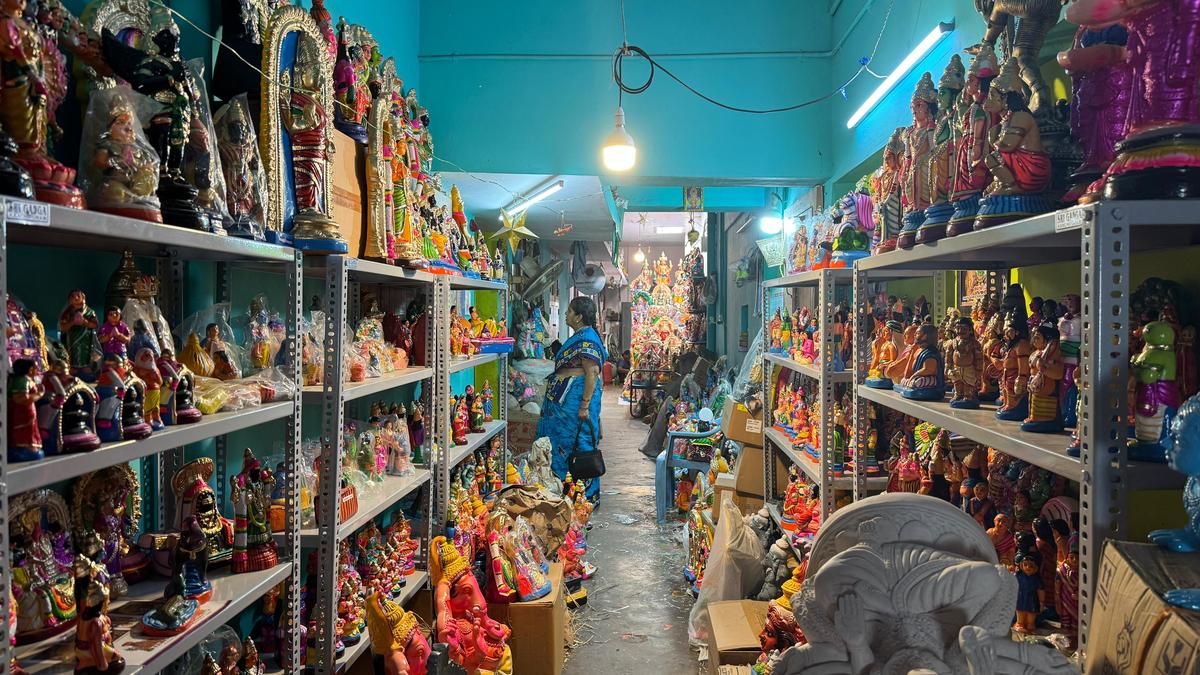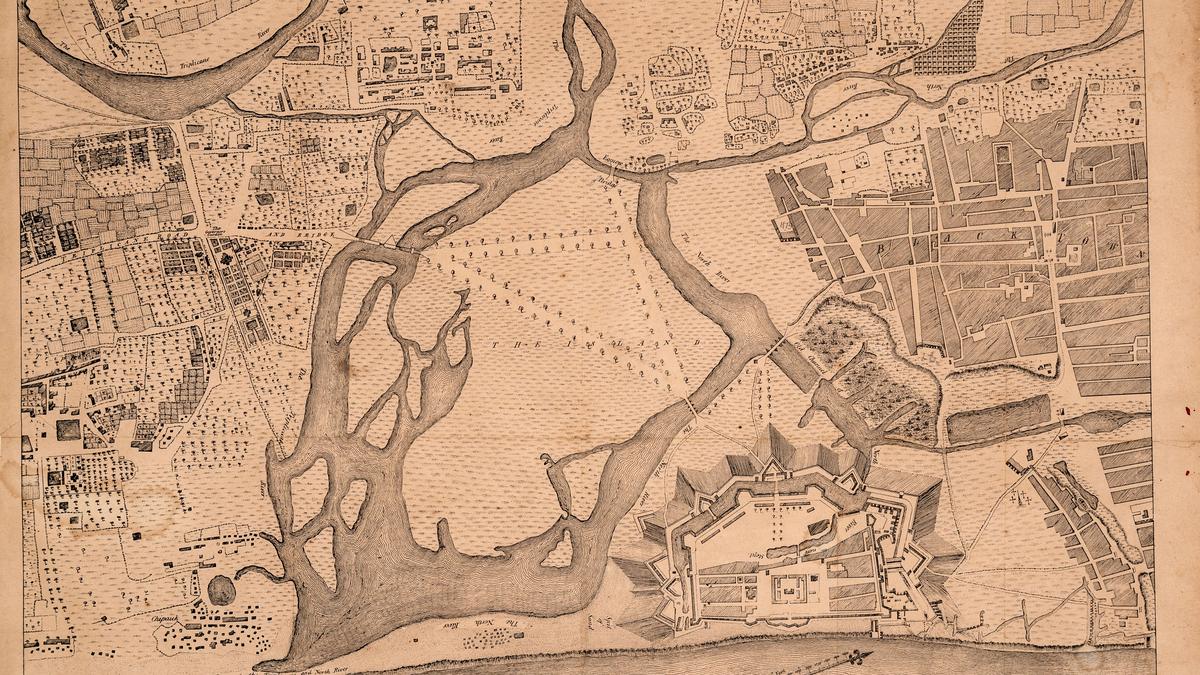Now Reading: Meet the Artisans Behind Kancheepuram’s Iconic Golu Dolls
-
01
Meet the Artisans Behind Kancheepuram’s Iconic Golu Dolls
Meet the Artisans Behind Kancheepuram’s Iconic Golu Dolls

quick Summary
- Highlight: In Chennai’s temple streets during Navaratri, colourful golu dolls are sold. These vibrant creations originate largely from Asthagiri Street (Bommiakara Theru) in Kancheepuram.
- Tradition: Doll-making has been practiced on Bommiakara Theru for over 70 years. Artisans have transitioned from using clay to paper mache or Plaster of Paris, driven by international demand for lightweight dolls.
- Challenges Faced:
– paper mache requires critically important investment, leading to financial struggles among artisans.
– Declining local sales while U.S.-based customers increasingly order golu dolls and organize competitions.
– Shrinking artisan families: Previously 60 families made dolls; now only about 25 continue the craft.
– Financial hurdles include lack of access to loans and reliance on moneylenders who charge high interest rates.
– Allegations of bias within artisans’ unions reportedly favoring members from dominant communities while marginalizing others.
- Artisan Spotlight:
– Aravind Suresh uses social media platforms for marketing, catering to national and international buyers. He notes reduced domestic demand compared to abroad markets like the U.S.A.
– Long-time doll maker Rukmangadhan struggles with rising costs alongside his wife Valli after decades in the profession. Their son laments poor union support for minority members like them.
Indian opinion Analysis
The tradition of doll-making on Bommiakara theru reflects India’s rich cultural heritage tied closely with religious festivals such as Navaratri. Though, the declining number of artisans signals growing challenges that threaten its continuity. Costly material transitions (e.g., paper mache adoption), economic hardships faced by craftsmen due to insufficient loans or government support, and dwindling domestic demand underscore survival concerns within this unique artistic industry.
India stands at a crossroads where market globalization provides foreign opportunities (e.g.,U.S.-based orders), yet lacks robust mechanisms domestically-such as inclusive artisan associations-to preserve customary crafts and provide equitable resource distribution across all communities involved.
the future viability of this craft demands targeted intervention through financial aid programs specifically catering not just broadly but effectively toward regional micro-industries sustaining cultural art. Encouraging awareness campaigns amongst Indian buyers could reignite domestic patronage alongside connected institutional-level frameworks balancing modern needs worldwide coexisting w/ages-old indigenous practices embedded locally recognizable worthy admiration overall scenarios-golu Images ❕Remaining राज Highlight Banner domain Rights photographers(daysreadmoreRead link attached showcased contextual visions)#
























